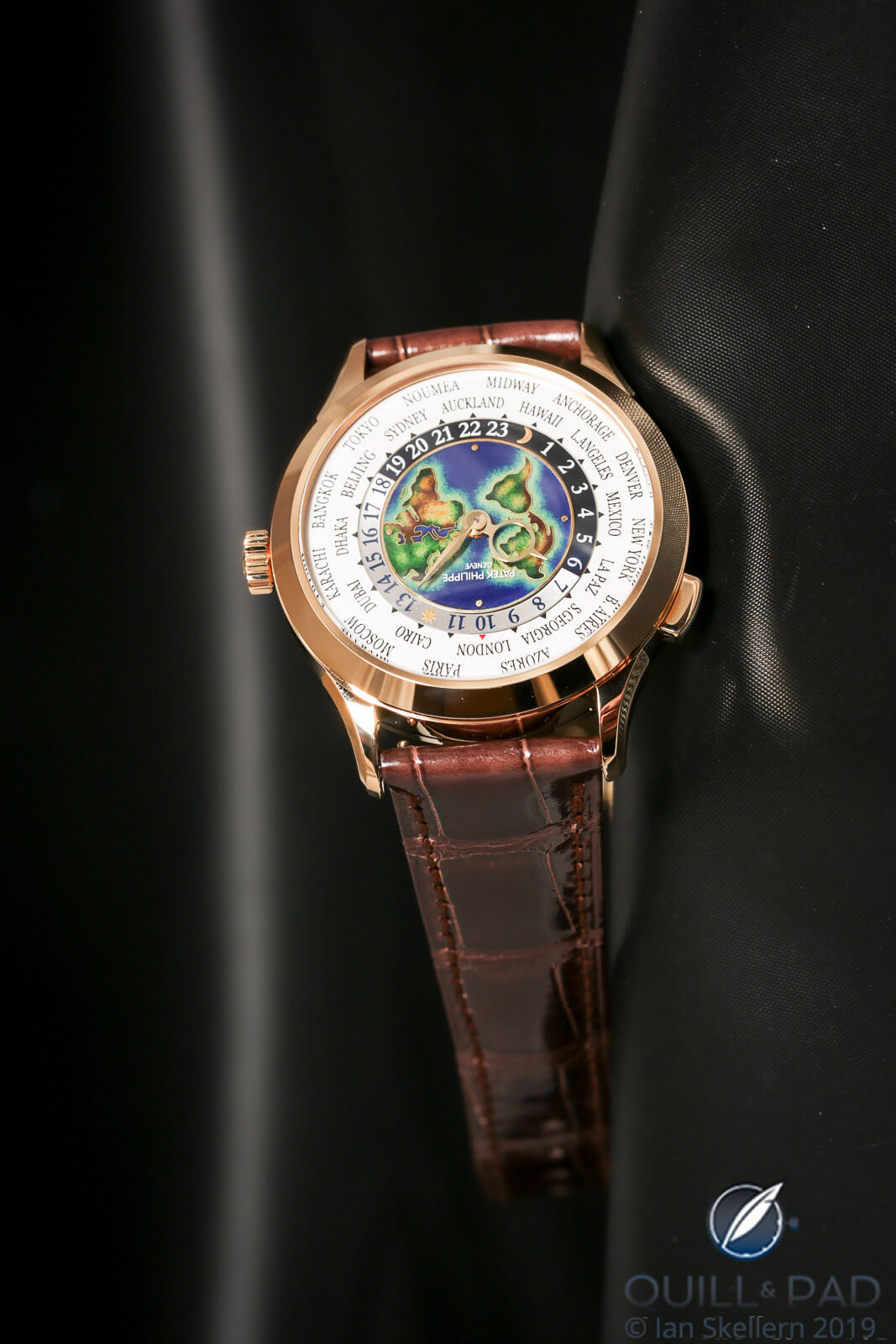Patek Philippe Ref. 5231J World Time: Because (For Both Better And Worse) The World Gets ...

Ever since intercontinental flight became routine, and trains, buses, or cars have helped people travel great distances in short amounts of time, the regularity and demarcation of time and their associated zones has become essential in helping the world to run smoothly It took the widespread use of trains to push countries to adopt some standardized time zones, beginning in the mid-1800s, and a global time zone standard wasn't adopted by every country until the last holdout, Nepal, implemented UTC+5:45 in 1956 The history of the world time complication is intimately connected to Patek Philippe, and due to its pedigree is often considered to offer the ultimate in world time watches.
When Patek Philippe introduced the 5231J World Timer at Baselworld in 2019, many applauded the continuation of the tradition since it's a perennial favorite Like the models released over the last decade, the 5231J follows a similar aesthetic overall but, like the other 52xx World Time watches, it departs from the Calatrava-style smooth case and goes with a chiseled lug style and much more geometric shape Encircling the outside of the dial the city disk displays 24 cities corresponding to the 24 different time zones, though it isn't a complete world time display as it does not contain the half-hour and quarter-hour zones, only the main hour zones.
Movement: automatic Caliber 240 HU with micro rotor, 21,600 vph/3Hz frequency, 48-hour power reserve, Patek Philippe Seal.Functions: hours, minutes; second time zone/24-hour display, day/night indication, 24 time zone display. . Source